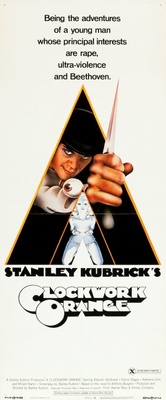In his 1962 dystopian satire novel “A Clockwork Orange,” writer Anthony Burgess positions a teenager as a perpetrator of extreme violence.
This teenager in question, Alex, is a product of a youth subculture that views violent acts such as murder and assault as thrilling pastimes.
Although an inevitable product of his society, Alex chooses this specific brand of “ultraviolence” over any functional moral compass, the same way he chooses to blast Beethoven when fantasizing about aggressive acts that culminate in violent rapture.
But what happens when this choice to be a morally-vacuous delinquent is forcibly taken away? Burgess addresses this essential conflict between innate choice and free will in his brilliant novel, which Stanley Kubrick brings to life in his vividly profound adaptation of the same name.Although Kubrick mostly took an auteurist approach to most of his adaptations, he was surprisingly faithful to the essence of Burgess’ layered text.
However,
Read full article
